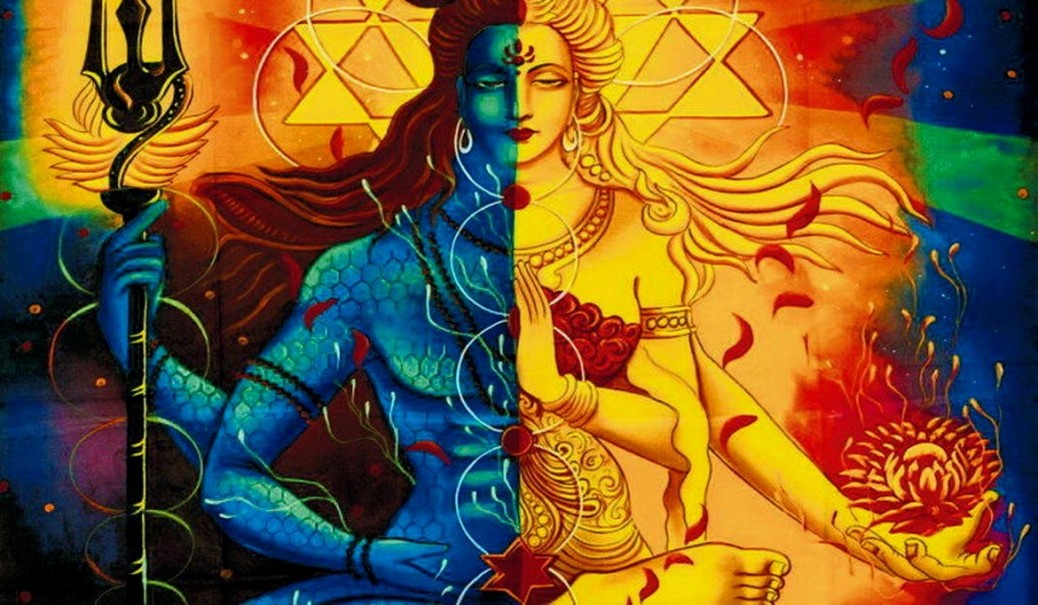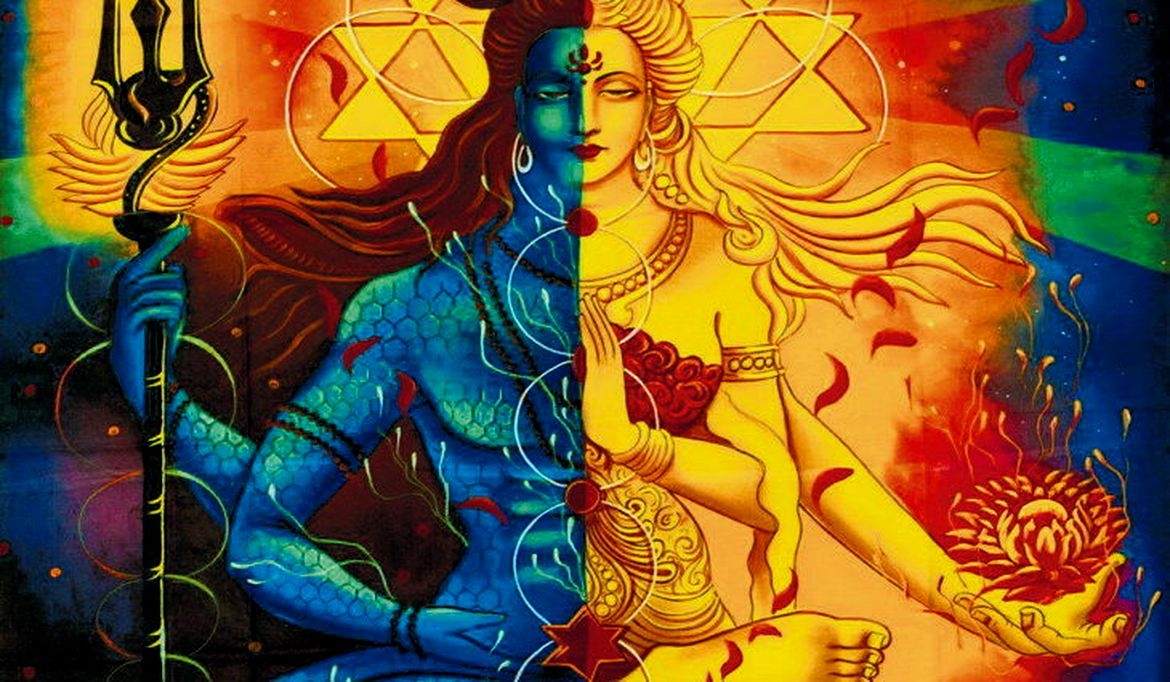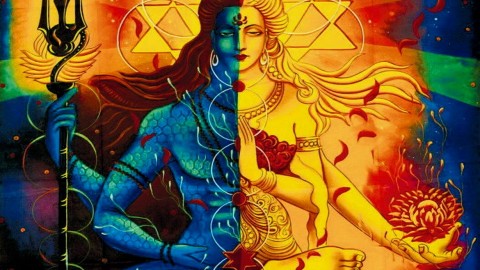VBT – Meditation 25.1
The Mechanism
This technique has many dimensions; it can be used in many ways. But first try to understand the mechanism. The mechanism is simple. You are in activity, and when you are in activity you forget yourself completely; the activity becomes the center of your attention.
Someone has died, and you are weeping and crying, and tears are falling down. You have forgotten yourself completely. The one who has died has become the center, and around that center this activity is happening – your weeping, your crying, your sadness, your tears. If I suddenly say to you, “Stop!” and you stop yourself completely, you will be totally taken away from your body and the realm of activity. Whenever you are in activity, you are in it, deeply absorbed in it. Sudden stoppage throws you off balance; it throws you out of activity. This being thrown leads you to the center.
Ordinarily, what are we doing? From one activity we move to another. We go on from one activity to another, from A to B and from B to C. In the morning, the moment you are awake, activity has started. Now you will be active the whole day. You will change to many activities, but you will not be inactive for a single moment. How to be inactive? It is difficult. And if you try to be inactive, your effort to be inactive will become an activity.
There are many who are trying to be inactive. They sit in a Buddha posture and they try to be inactive. But how can you try to be inactive? The very effort is again an activity. So you can convert inactivity also into activity. You can force yourself to be quiet, still, but that forcing is an activity of the mind. That is why so many try to go into meditation but never reach anywhere – because their meditation is again an activity. They can change… If you were singing an ordinary song, you can now change to a BHAJAN, to a devotional song. You can sing slow now, but both are activities. You are running, you are walking, you are reading – these are activities. You can pray – that too is an activity. You move from one activity to another.
And with the last thing in the night, when you are falling into sleep, you are still active; the activity has not stopped. That is why dreams happen, because the activity goes on. You have fallen asleep, but the activity continues. In the subconscious you are still active – doing things, possessing things, losing things, moving. Dreaming means you have fallen asleep because of exertion, but the activity is still there continuously.
Only sometimes, for a few moments – and these have become more and more rare for the modern man – only for a few moments dreaming stops and you are totally asleep. But then that inactivity is unconscious. You are not conscious, you are fast asleep. The activity has ceased; now there is no circumference, now you are at the center – but totally exhausted, totally dead, unconscious.
That is why Hindus have always been saying that SUSHUPTI – dreamless sleep – and SAMADHI – the ultimate ecstasy – are similar, the same, with only one difference. But the difference is great: the difference is of awareness. In sushupti, in dreamless sleep, you are at the center of your being – but unaware. In samadhi, in the ultimate ecstasy, in the ultimate state of meditation, also you are at the center – but aware. That is the difference, but it is a great difference, because if you are unaware, even if you are at the center it is meaningless. It refreshes you, it makes you more alive again, it gives you vitality – in the morning you feel fresh and blissful – but if you are unaware, even if you are at the center your life remains the same.
Tags: The Mechanism






